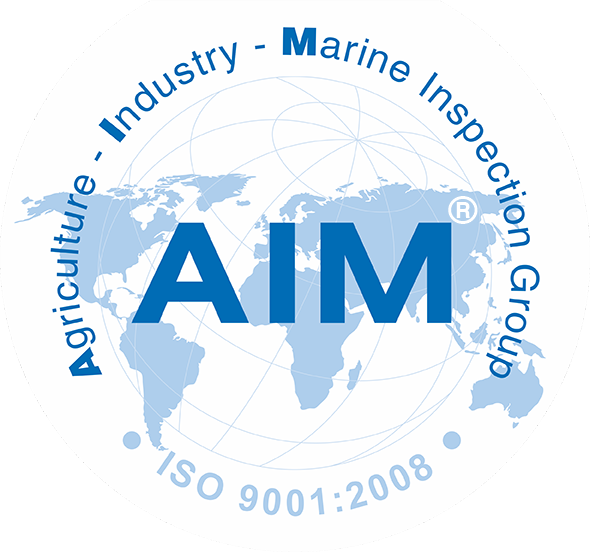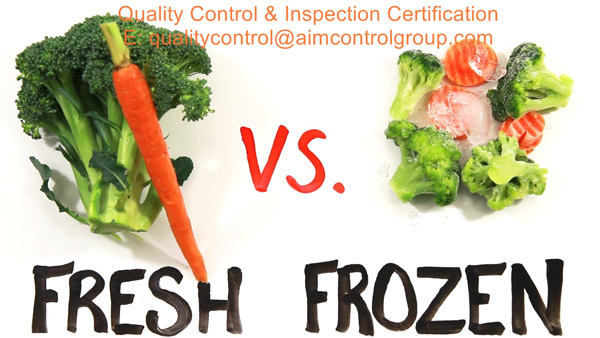Fresh frozen foods product quality control inspection certificate
Fresh frozen foods product quality control inspection certificate
AIM Control (AIM Group®) offers Fresh frozen foods product quality control inspection certificate to carry out testing of quality and measuring of grading, labeling, packaging, and health and safety requirements
AIM Control (AIM Group®) uses a well equipped local laboratory for any kind of analysis requested to establish the condition of any kind of foods as meats, fish and fruits.
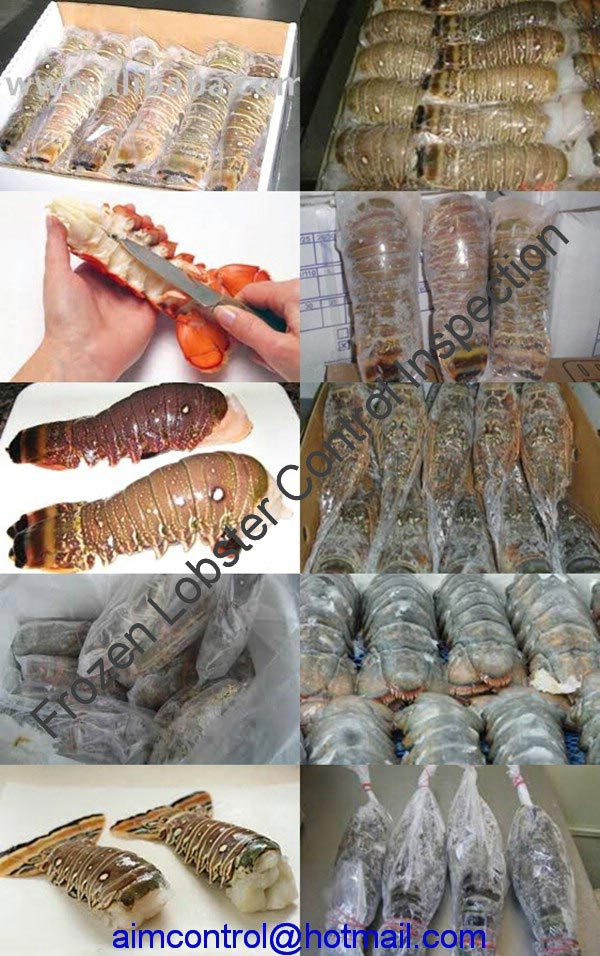
The following foods to be inspected by AIM Control Inspection Group
- Inspection of Dairy Products
- Inspection of Egg
- Inspection of Fresh Fruit and Inspection of Vegetable
- Inspection of Honey
- Inspection of Licensing
- Inspection of Maple Products
- Inspection of Processed Egg
- Inspection of Processed Products
- Inspection of Livestock and Poultry Carcass Grading
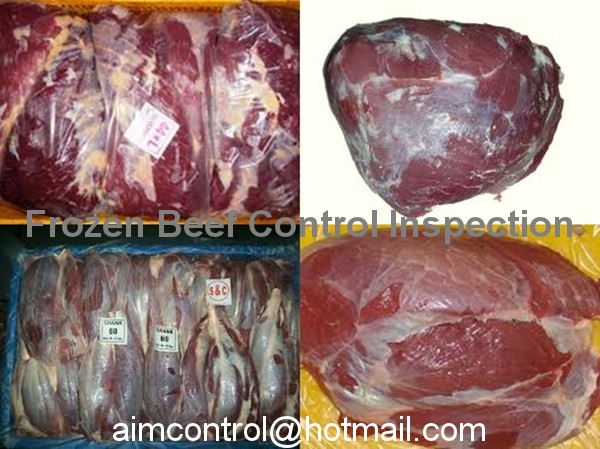
Inspection of foods for safety under controlling of AIM Control Inspection Group
Food safety inspection is the process of evaluating the quality of food products as well as the methods, equipment, and environment where the food is stored and prepared for public consumption. The inspection process seeks to minimize the opportunities for food contamination by making sure the food is processed properly and in a sanitary environment. This type of health inspection takes place at a number of different points before the food is actually consumed.
The inspection of process of food safety usually begins with manufacturers that produce packaged foods. In order to ensure that each food item produced is in accordance with government regulations regarding food quality and hygiene. The job of the inspectors is to make sure the preparation facilities are clean and that the food is handled in a safe manner during processing. This includes making sure that raw foods are refrigerated or otherwise stored so as to ensure freshness. By taking this precaution, the manufacturer can be assured that when periodic inspections are conducted by AIM Control Inspection Group, the facility can retain a high rating and continue production.
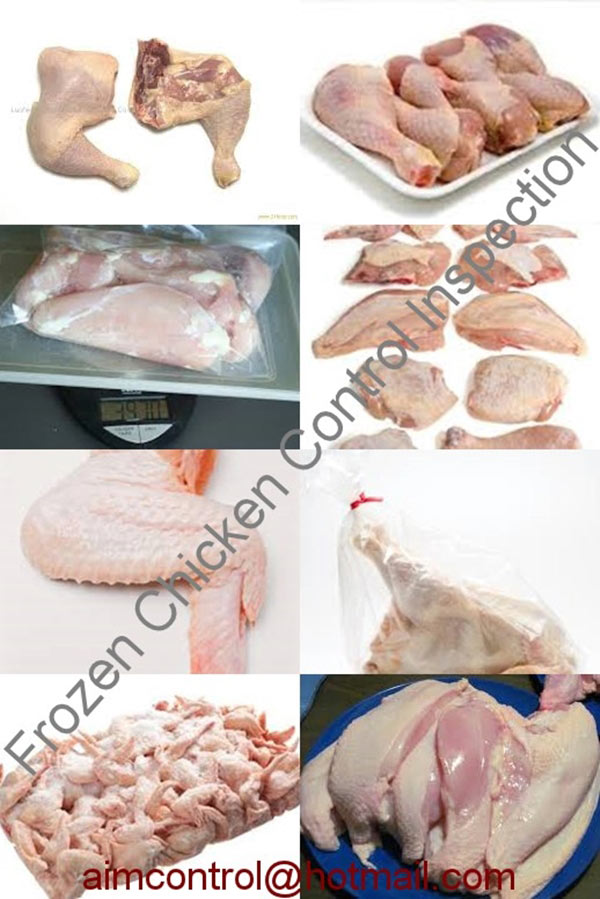
Food safety inspection also takes place at retail locations where packaged foods are sold. Here, the focus is often on making sure the goods offered are fit for human consumption. For example, inspectors of AIM Control will make sure that all coolers and freezing units are operating at an acceptable temperature, allowing the foods to remain free from mold or other contamination. Canned goods and packaged foods such as cereals are also inspected to make sure no items are displayed that are past the “sell-by” date listed on the product. In the case of supermarkets with a meat department, the equipment and storage facilities for the raw meat must comply with governmental standards to minimize the potential of food poisoning from contaminated or spoiled meat.
A grading system allows the inspector to provide each facility with a health rating. In many countries, that rating must be displayed, along with any violations that were identified during the last visit. In extreme cases, a low score on a food safety inspection will lead to the temporary closing of the establishment until the violations are corrected and the inspector deems the facility to be safe for food preparation and serving once again.
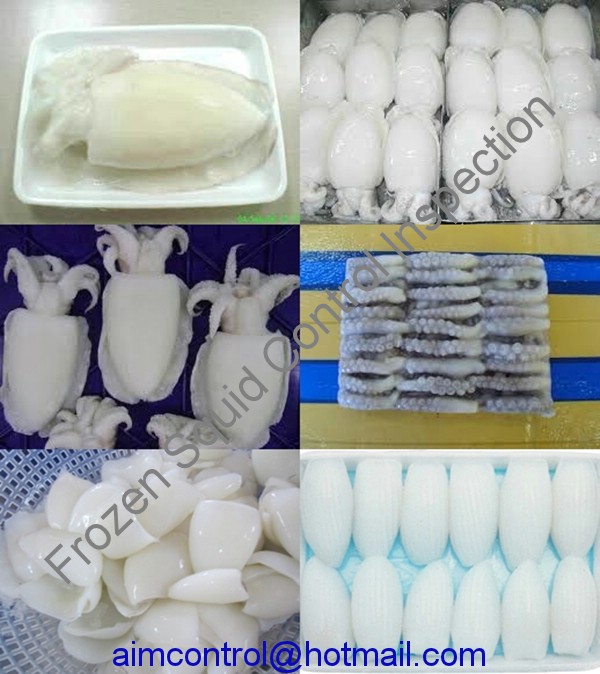
In all cases, food safety inspection of AIM Control (AIM Group®) Inspection Group helps to minimize the opportunity for food-borne illness by protecting communities from consuming foods that are improperly packaged, out of date, or prepared in an unsanitary environment. From this perspective, food safety inspection can be seen as an important element in the process of promoting and maintaining good public health within the community.
Inspection of Dairy Products
Inspection of dairy product as Butter, cheddar cheese, dry milk products and variety cheeses is namely the Dairy Products. Inspection of dairy products imported must comply with these regulations, which cover quality, labeling, packaging and grading, as well as health and safety. In addition, the Health of Animals Act restricts the importation of certain dairy products from countries where the presence of animal diseases poses a threat to human and health.
Inspection of Import Declaration completed in duplicate, must accompany each dairy product shipment, indicating that the products were manufactured from sound raw materials and prepared under sanitary conditions and that the products were sound and fit for human consumption at the time of shipment.

Inspection of eggs and processed eggs is on both shell and processed chicken eggs must meet the requirements Shell eggs are destined for either the table market or breaking stock. Processed eggs are frozen egg, frozen egg mix, liquid egg, liquid egg mix, dried egg, and dried egg mix and egg product, including all products consisting of 50 percent or more of egg.
Shipments will be inspected upon entry into countries and must be accompanied by inspection documentation issued by officials of the exporting country, certifying that the products conform to standards.

Inspection of fish and fish products is subject to the, which contain requirements for wholesomeness, labeling, packaging, grading, and health and safety.
Restrictions apply to the importation of live or raw bivalve shellfish such as mussels, clams and oysters. Import permits may be required for certain types of cultured fish.
Fisheries inspections are designed to prevent the spread of infectious fish diseases, both by inspecting production sources of fish stocks, and by controlling the movements of infected fish stocks. They apply to live and dead cultured fish and eggs (including any fertilized or unfertilized sex products) of cultured and wild fish.

Inspection of Food Additives
Inspection of specifications of the Food and Drug, food additives must conform to specifications in the Food Chemicals Codex & Regulations.
The Food inspection is a consumer protection statute dealing with food, drugs, cosmetics and medical devices. It establishes minimum health and safety requirements, as well as provisions preventing fraud and deception for all food sold. ". Inspections contain food labeling requirements and standards of identity, composition, strength, potency, purity, quality or other properties for several classes of foods.
Color
Inspection of synthetic food colors are unique because they are the only additives that must be certified by the Health Products and Food Branch, Health before being used in foods.
Before a color destined for use in food may enter the country or be distributed for use, it must be certified. Audit a certification program for manufacturers of food color.
Manufacturers who participate in this program can obtain "self-certification status".
Only manufacturers with "self-certification status" may apply to certify a food color. A 100-gram sample of the dye, a certificate of analysis and analytical data must be forwarded to the Health Products and Food. If the request for certification is approved, a certificate number (CN) is
Procedures for Food Color Lakes are somewhat similar, except that they must be manufactured from a certified color. Identification Numbers (IN) are issued instead of CN numbers.
Inspection of composition and labeling of foods for special dietary use are regulated include: formulated liquid diets, meal replacements, carbohydrate-reduced foods, sodium reduced foods, low calorie foods, etc.
Inspection fresh fruits and inspection of vegetables, including nuts and edible fungi, are regulated by the Fresh Fruit and Vegetable inspection. Inspections cover quality, labeling, packaging, grading, and health and safety requirements.
To prevent the introduction and spread of plant diseases and pests, fresh fruits and vegetables required import to permits and/or phytosanitary certificates for certain fresh fruits and vegetables from specific countries.
Inspection of processed fruit and vegetable products include canned and frozen fruits and vegetables as well as some other fruit and vegetable products (vegetable soup, prepared mustard, spaghetti in tomato sauce, ).).
These inspections cover quality, labeling, packaging (including standardized sizes), grading, and health and safety requirements.

Inspection of Packaging and Labeling
The inspection of Packaging and Labeling to control prescribe requirements for bilingual labeling, metric net quantity declarations and for the size and location of mandatory labeling information. The inspections also prescribe standardized sizes for some products including the following foods: glucose syrup and refined sugar syrup, peanut butter, and wine.
Inspection for Customs to detain goods that may be in contravention or permit of the Customs Act or any other act or regulation, controls or regulates the importation or exportation of goods.
Please kindly review the inspection of Fresh frozen foods products
The frozen foods are frozen shrimps, frozen sea fish, frozen crab, frozen shrimps, frozen tuna, frozen catfish, frozen pork, frozen lamb, frozen sheep, frozen beef, frozen chicken, frozen squid, frozen lobster . . .and frozen vegetables, frozen dairy foods.
The survey findings are indicated below.
- Container no.
- Country of Origin
- Producer
- Description of the cargo
- Quantity (cargo pieces / net weight / gross weight) of the cargo declared:
- Packing of the cargo
- AIM Control’s check-list of the inspection of the frozen foods:
- Pre – Inspection
Actual quantity (cargo pieces / net weight / gross weight) of the shrimp’s goods loaded into the container
- Organoleptic analysis
- Smell
- Color
- Taste
- Texture and
- Sizes & Grading
- Others
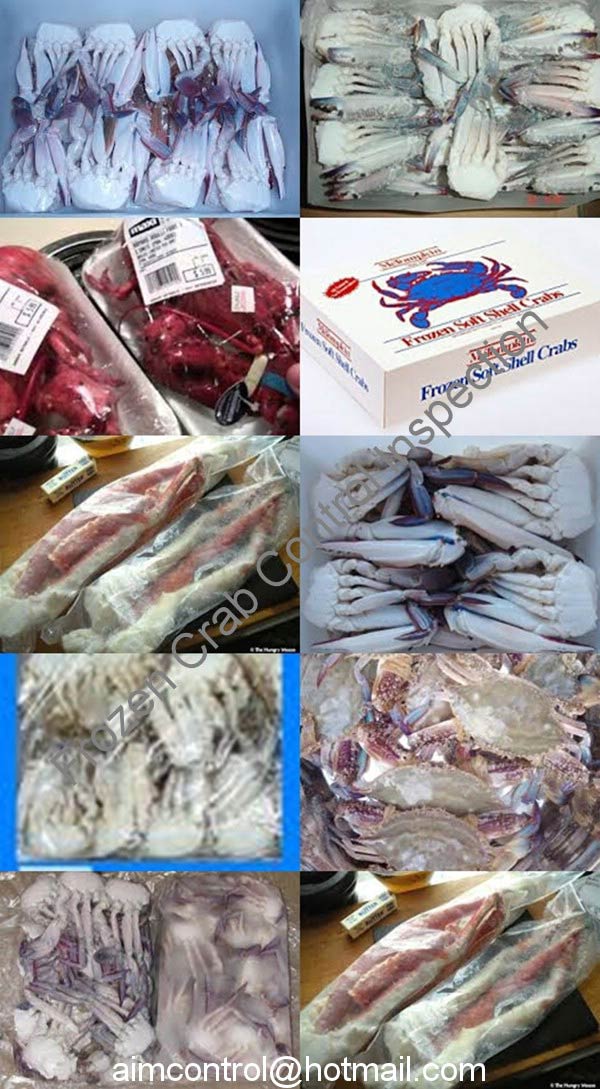
- Marks and labels product verification
- Pulp temperature of the cargo (min and max value)
- Stuffing Supervision
- Container condition inspection
- Packing condition
- Storage supervision
- Temperature control carried out inside chambers
- Temperature control carried out inside chambers
- Temperature control carried out during cargo stuffing
- Container sealing

- Quality inspection (additional quality requirements)
- Producer
- Should not have rotten (dark) heads
- Should match the required sizes – real count
- Crystal and smooth glazing without sharp edges
- Glazing 10% (min. 5-6 opened cartons)
- Results of the glazing checking (ice thickness)
- Color, appearance of the products
- Frozen foods cannot be bound together
- Average weight of the cartons
- Should not have foreign smell
- Should not be broken
- Should not contain too much hoar-frost
- Goods in fact should be the same as declared
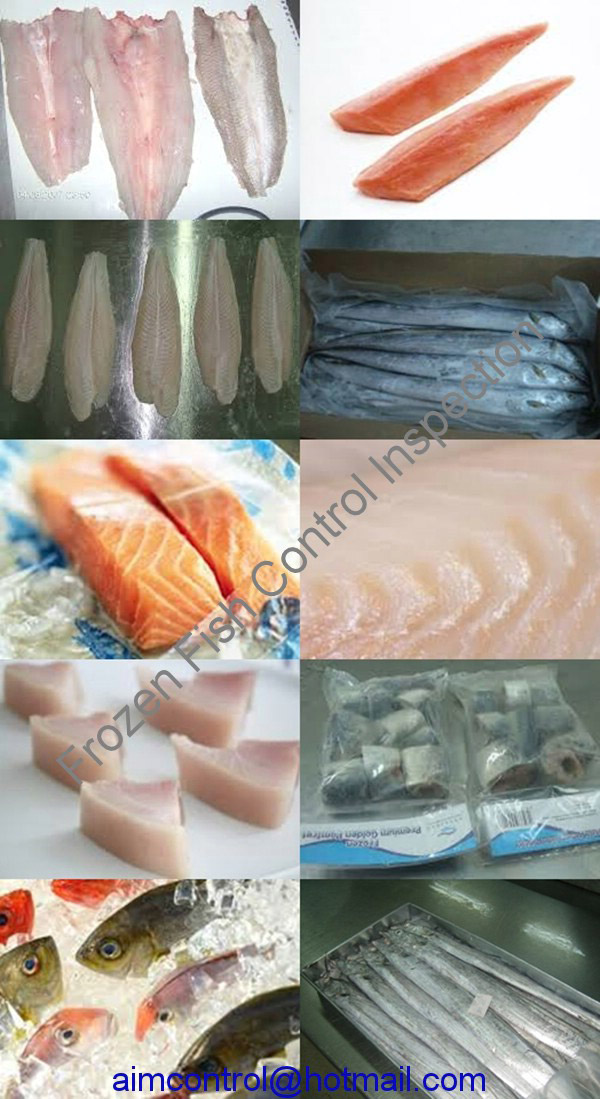
- Quantity and weight inspections
- Weighing of 1 kg of each kind of the cargo
- Name of the product (size)
- Quantity of opened cartons (min. 5-6 opened cartons)
- Minimal quantity in 1 kg
- Maximum quantity in 1 kg

- Additional notes
- Collecting of shipping document and analysis other relation.
- Photos
- Certification

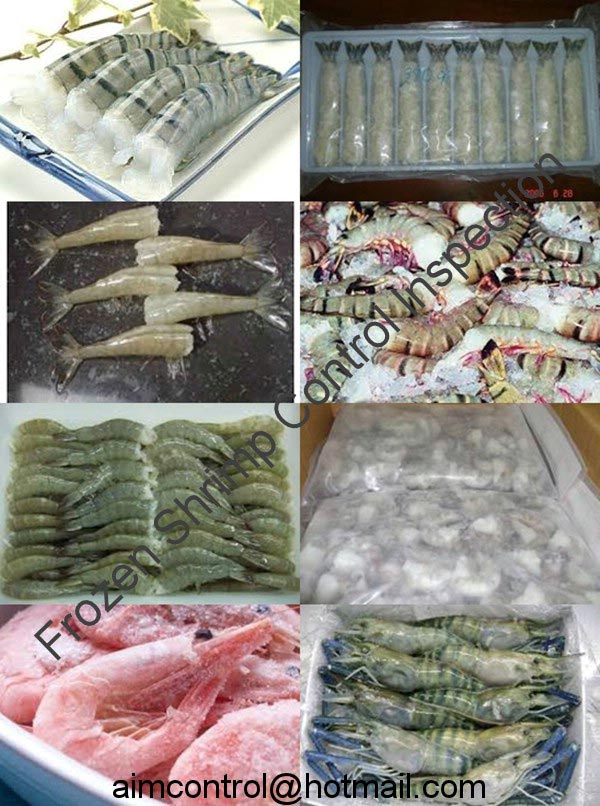
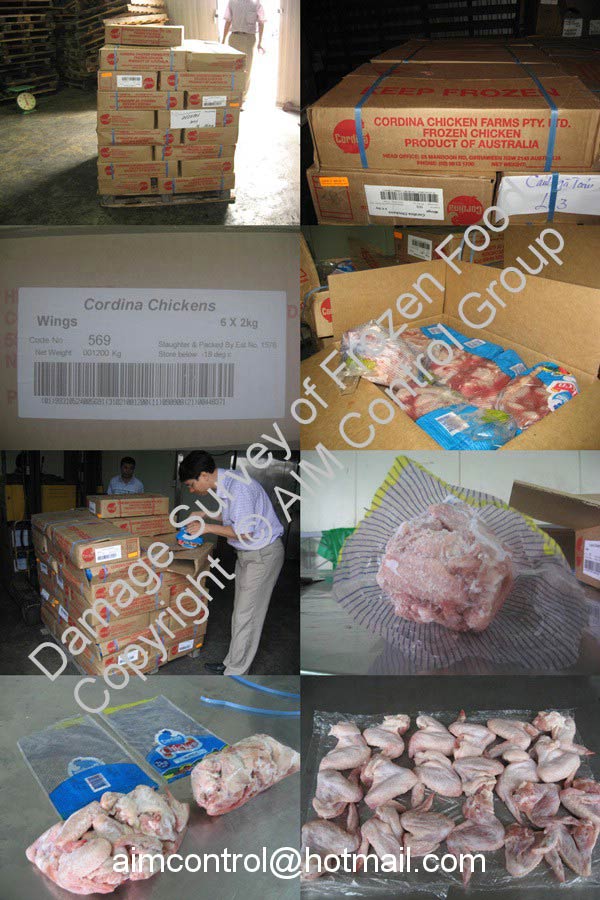
Other activity :
- Quality inspector
- Face Mask Quality Control Inspection
- Fish fillet quality control inspection services
- Timber Wood quality inspection
- Crude and refined oil cargo test and inspection
- Boat Yacht quality inspection and discharging loading survey
- Consumer Goods quality assured inspection
- Zinc Oxide quality inspection and loading discharging supervision
- Freight Inspection of transport goods
- Product quality inspection

